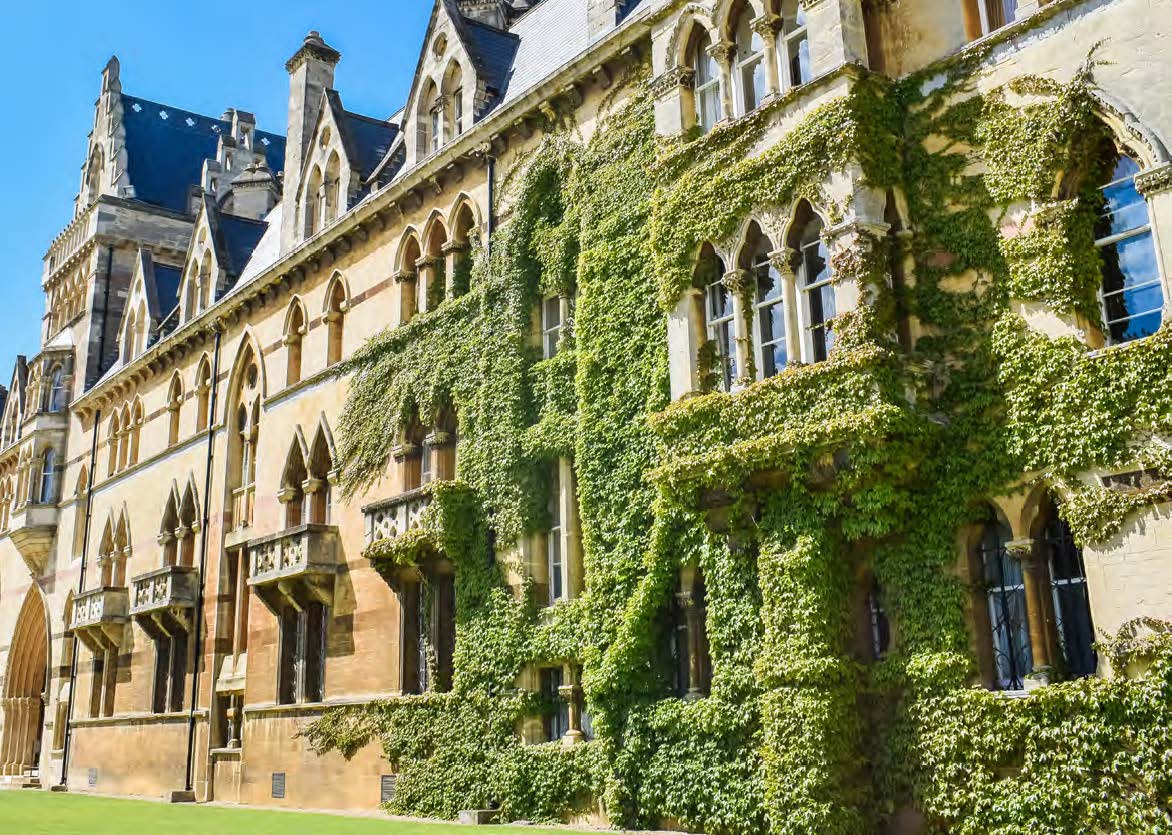What is Heritage Architecture?
Heritage architecture is a term that refers to buildings or structures of historical or cultural importance, which are a vital part of the country’s heritage and require conservation. This architecture comprises a large portion of the UK’s heritage sector.

Heritage architecture is a term that refers to buildings or structures of historical or cultural importance, which are a vital part of the country’s heritage and require conservation. This architecture comprises a large portion of the UK’s heritage sector.
The Bidwells Heritage Team reports that there are almost 400,000 officially recognised heritage assets in England. 95% of these are listed (historically or culturally significant) buildings.
The country’s rich architectural heritage isn’t limited to buildings. Other listed structures include nearly 20,000 Scheduled Ancient Monuments, nearly 50 battlefields, more than 1,600 parks and gardens, 18 World Heritage Sites, and close on 50 protected shipwrecks.
The Importance of the Heritage Market
Heritage is an important part of the UK property market and the national economy.
The 2017 Heritage Counts audit from Historic England explored in detail how the heritage sector contributes to employment and economic success in the UK. Key findings included the following figures:
- The heritage market has a Gross Value Added (GVA) measure of £11.9 billion.
- 278,000 people are employed in heritage.
- The repair and maintenance of historic buildings generated £9.6 billion in construction sector output.
- Heritage tourism (including domestic and international visitors) generated £16.4 billion in spending.
Heritage Architecture & Tourism
The Heritage Counts report shows how England’s unique historic environment attracts millions of visitors every year, making it a significant contributor to the economy and national job creation. In fact, half of the top 10 most-visited paid attractions in England (2016) were heritage attractions.
- 2.7 million visitors flocked to the Tower of London, which was ranked #1 on the list. The Tower is a listed building and a UNESCO World Heritage Site.
- St Paul’s Cathedral drew in 1.5 million visitors and was ranked #6 in the top 10. This magnificent piece of architecture was designed in the English Baroque style by Sir Christopher Wren and is a Grade I listed building.
- At #10, Westminster Abbey attracted 1.2 million visitors. The Grade I listed Gothic abbey church is known for its architectural appeal.
- Other heritage structures on the list were Kew’s Royal Botanic Gardens (#3 with 1.8 million visitors), and the famous Stonehenge (#7 with 1.4 million visitors).
Protecting & Preserving Heritage Architecture
Clearly, it’s more important than ever to ensure that these buildings are protected against demolition, extensive architectural redesign, or other interference.
In order to accomplish this, the UK’s Conservation Area legislation was introduced by the 1967 Civic Amenities Act just over 50 years ago. The Act was implemented “to make further provision for the protection and improvement of buildings of architectural or historic interest and of the character of areas of such interest”.
Historic England commissions surveys that examine the socio-economic trends and living conditions in the country’s conservation areas, as well as the public’s attitude towards these conservation areas. 2017 results showed a high majority of support, with 74% of people agreeing that local authorities should have the power to restrict changes to buildings, protecting their character and appearance. Within conversation areas, that number was even higher, with 83% of residents agreeing.
Renovating your Heritage Property?
Protecting heritage architecture is essential, but naturally, this may pose some problems for you as a property owner. If you’ve purchased a beautiful historic home in need of repairs and refurbishment, how do you go about that while staying within the restrictions of a protected (listed) building? This is where the specialists at Bidwells can help.
Our Heritage Team can assist with historic building analysis, heritage planning advice, feasibility studies and more. Contact us to find out more about our practical yet creative approach to conserving heritage architecture.
